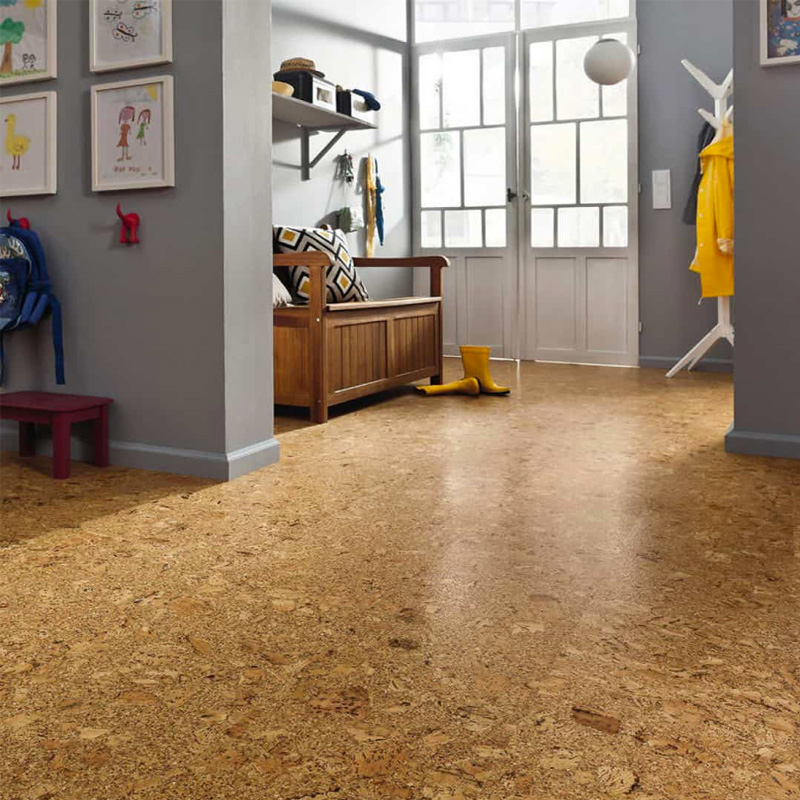Wood Flooring TYpes
Wilson Hardwood Floor installs several types of floors including laminate wood floors, solid hardwood floors, engineered wood floors, bamboo flooring and cork flooring. Each type of wood floors has its benefits and drawbacks. Below is a guide to help you select the ideal type of flooring for your home. Our wood floor professionals can also help you with your selection by providing you expert advice.
Laminate Wood Floors
Laminate wood flooring is made of several layers of fiberboards compressed together. To mimic the look of real wood, a high resolution image of wood grain is pressed over the top fiberboard and a protective coating is applied to finish the flooring plank and protect the top layer. Laminate wood flooring is a budget friendly option which allow to have flooring that looks like hardwood without the higher cost. Some brands of laminate come with a waterproof core for additional water resistance properties.
The quality of wood flooring laminate has gotten much better in recent years, including luxury vinyl planks (LVPs). However they still are not a match for the feel and look of real hardwood flooring. On the negative side, if laminate wood flooring is damaged, it is not easy to repair and the damage plank(s) would need to be replaced. Laminate wood flooring cannot be refinished so if you grow tired of its color, you will need to replace it with new flooring.
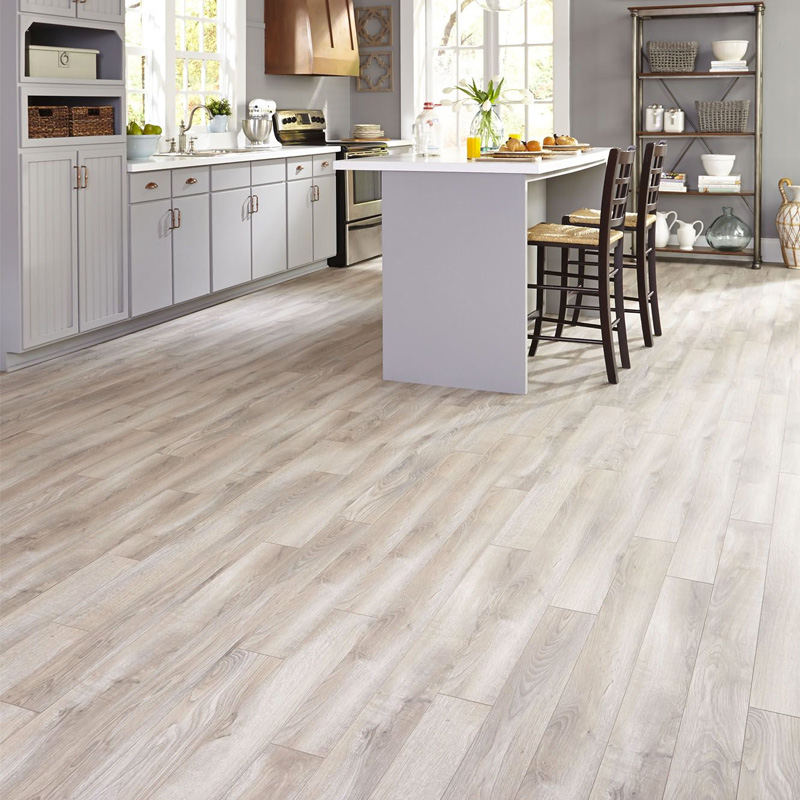
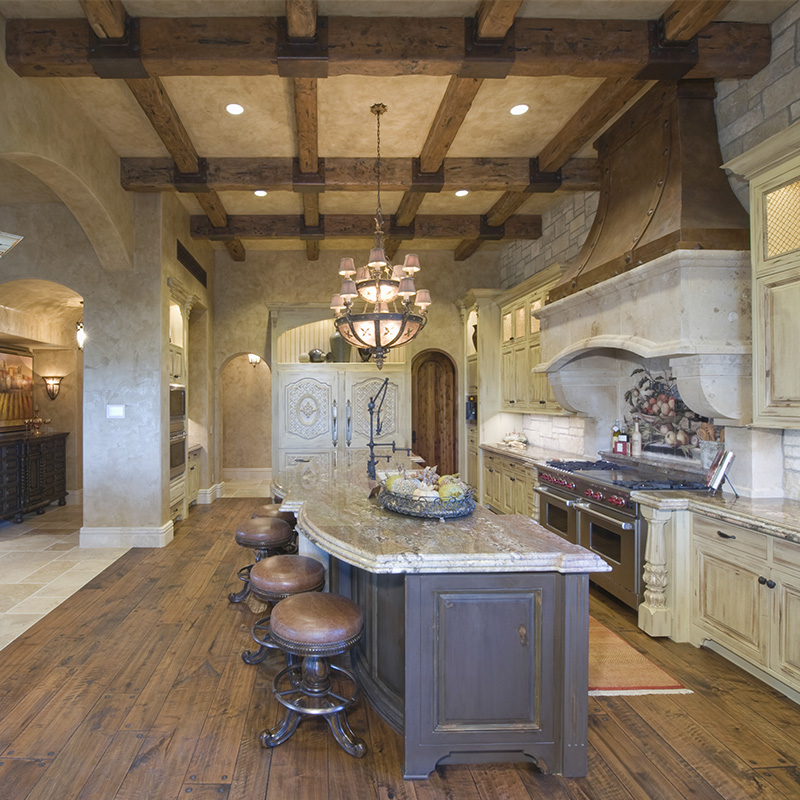
Solid Hardwood Floors
Solid hardwood flooring is made up of wood 10 to 20 millimeters thick. Hardwood flooring come in a variety of wood species, some harder than others yielding higher resistance to scratches and dents. The wood boards are made of tongue and groove to interlock together. A great advantage of solid hardwood floor is that they can be sanded and refinished several times over their lifespan. If you want to change the color of your hardwood floors, you can have them refinished and stained a different color.
Because they can be refinished several times, minor scratches and dents can be removed essentially restoring hardwood floors to like new condition. On the downside, solid hardwood floors are susceptible to moisture and dryness and will swell and expand according to the ambient temperature and moisture level. For this reason, solid hardwood floors are not a good option for bathrooms but can be used in kitchen, living areas and bedrooms. Among hardwood flooring options, solid hardwood floors are the most expensive.
EnGineered Wood Floors
Engineered wood floors are a good option for flooring. They are usually constructed of 3 to 4 layers of wood glued together to form a plank that is about 14 millimeter thick. A solid, real hardwood layer about 4 millimeters thick is pressed and glue to the top layer. That layer can be sanded usually one to two times to remove light scratches and dents. As compared to solid hardwood flooring, engineered wood floors are less prone to react to humidity and dryness and therefore more stable than solid hardwood flooring and less expensive.
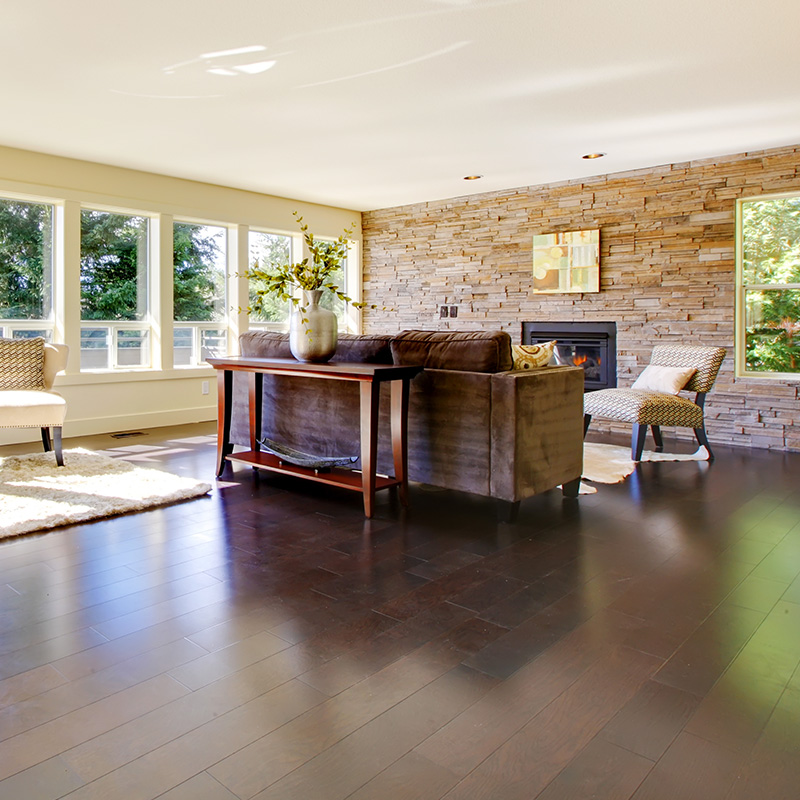
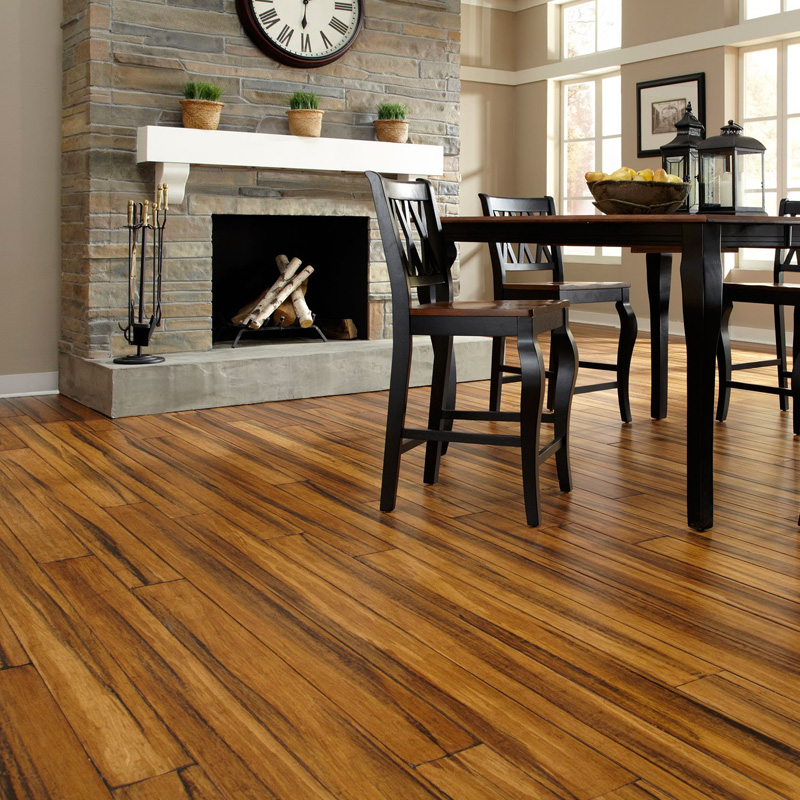
bamboo Floors
Bamboo flooring is made from grass stalks produced in China. Being a tropical grass, bamboo has inherent properties that make it moisture resistant, flexible and durable. Bamboo planks are formed by pressing fibers together. It is softer than hardwood and scratches easier than most species of hardwood used for wood floors. Bamboo is considered an environmental friendly flooring material since it grows fast.
Cork Flooring
Cork flooring is a sustainable and renewable material that is made from oak tree bark that is harvested in Spain, Italy, Portugal and North Africa. Cork flooring is softer than hardwood floor and absorb noise better than other wood flooring types. It is softer to stand and walk on than solid hardwood floors. The natural properties of cork makes this flooring material resistants to insects and is hypo allergenic. If you are considering this type of wood floors, keep in mind that because it is a softer flooring material, it is more prone to scratches and dents.
